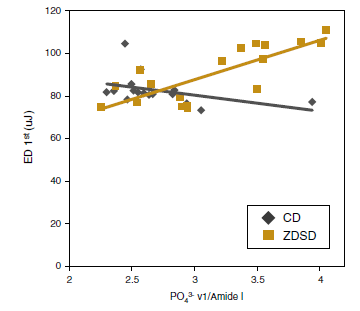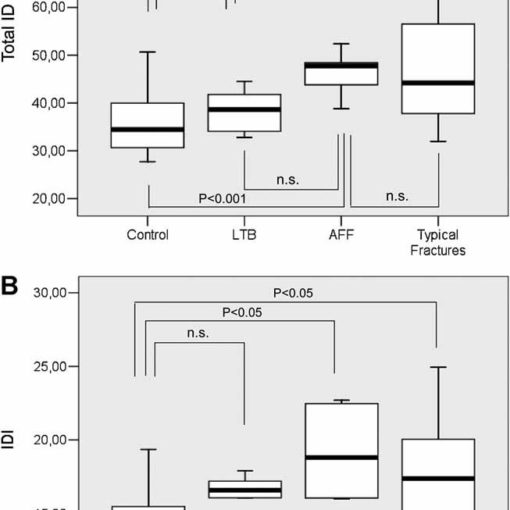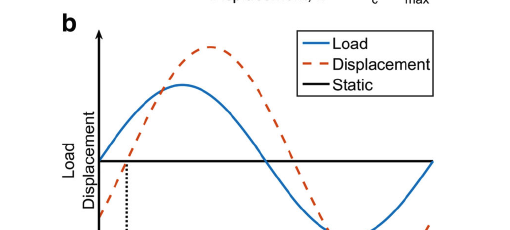Abstract
In the present study, the possibility that a diabetic (DM) status might worsen age-related bone deterioration was explored in mice. Male CD-1 mice aged 2 (young control group) or 16 months, nondiabetic or made diabetic by streptozotocin injections, were used. DM induced a decrease in bone volume, trabecular number, and eroded surface, and in mineral apposition and bone formation rates, but an increased trabecular separation, in L1-L3 vertebrae of aged mice. Three-point bending and reference point indentation tests showed slight changes pointing to increased frailty and brittleness in the mouse tibia of diabetic old mice. DM was related to a decreased expression of both vascular endothelial growth factor and its receptor 2, which paralleled that of femoral vasculature, and increased expression of the pro-adipogenic gene peroxisome proliferator-activated receptor γ and adipocyte number, without affecting β-catenin pathway in old mouse bone. Concomitant DM in old mice failed to affect total glutathione levels or activity of main anti-oxidative stress enzymes, although xanthine oxidase was slightly increased, in the bone marrow, but increased the senescence marker caveolin-1 gene. In conclusion, DM worsens bone alterations of aged mice, related to decreased bone turnover and bone vasculature and increased senescence, independently of the anti-oxidative stress machinery.
https://www.ncbi.nlm.nih.gov/pubmed/26386012
J Gerontol A Biol Sci Med Sci. 2016 Mar;71(3):290-9. doi: 10.1093/gerona/glv160. Epub 2015 Sep 18.




